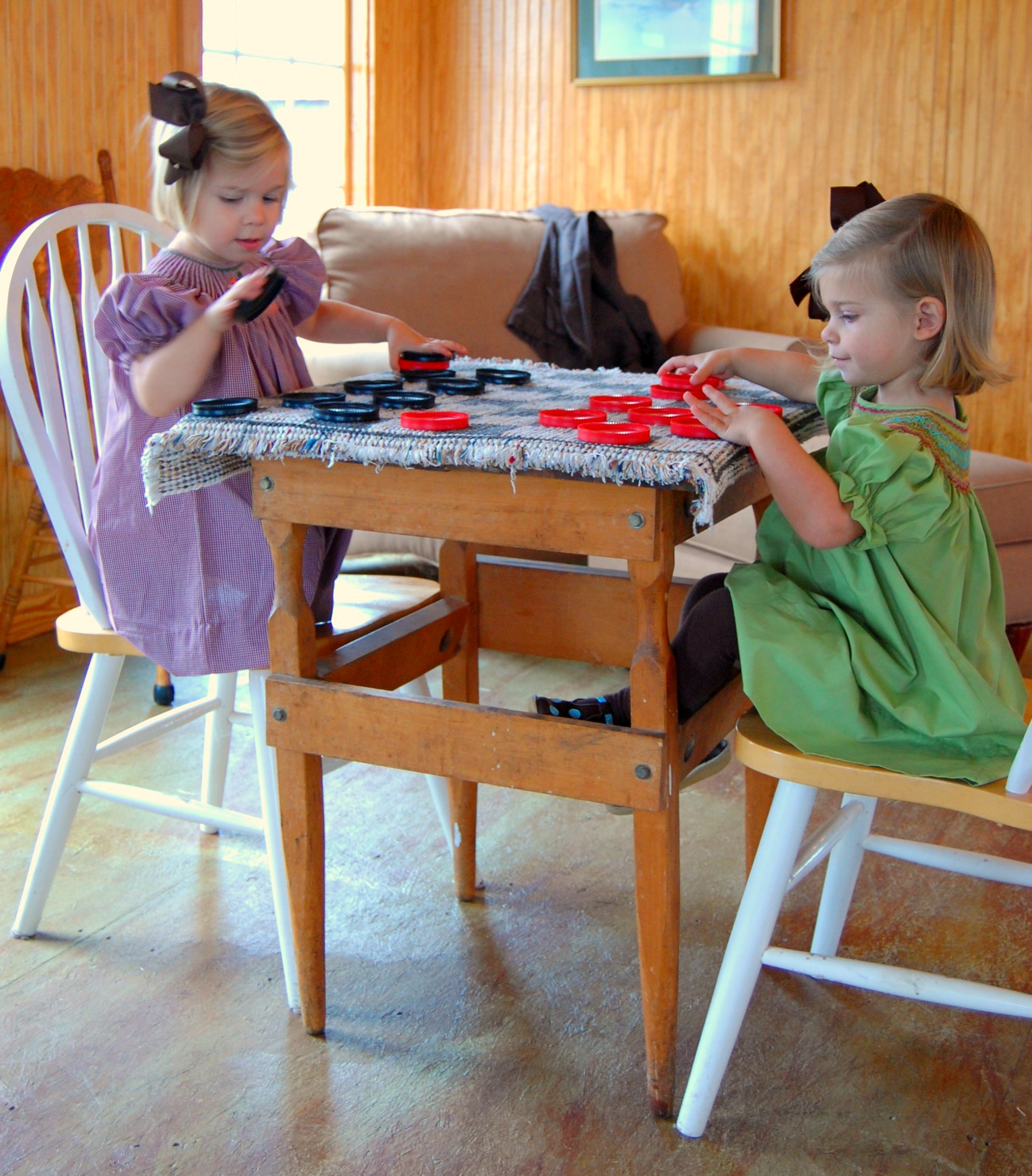Self Smart Children
 If children are Self Smart, they understand and know themselves. They have a good idea of who they are and what they can do. They are aware of feelings, and may understand themselves better than others understand them. These children can set personal goals, think about and learn from past experiences, and understand their strengths and weaknesses. According to Thomas Armstrong, PhD., if you answer yes to any of the questions below, then your child may just be identified as Self Smart.
If children are Self Smart, they understand and know themselves. They have a good idea of who they are and what they can do. They are aware of feelings, and may understand themselves better than others understand them. These children can set personal goals, think about and learn from past experiences, and understand their strengths and weaknesses. According to Thomas Armstrong, PhD., if you answer yes to any of the questions below, then your child may just be identified as Self Smart.2. like to set and meet his/her own goals?
3. stand up for their beliefs, even if they're not popular?
4. worry less about what others people think of him/her than most kids?
5. spend time thinking deeply about things that matter to him/her?
6. have a strong sense of what he/she at and not so good at?
7. enjoys keeping a diary or writing in a journal?
8. writes about their ideas, memories, feelings, or personal history?
9. have a good sense of who he/she is?
10. thinks about the future and what he/she would like to be someday?






































